Top Things to Know Before Buying Types of Indoor Plants
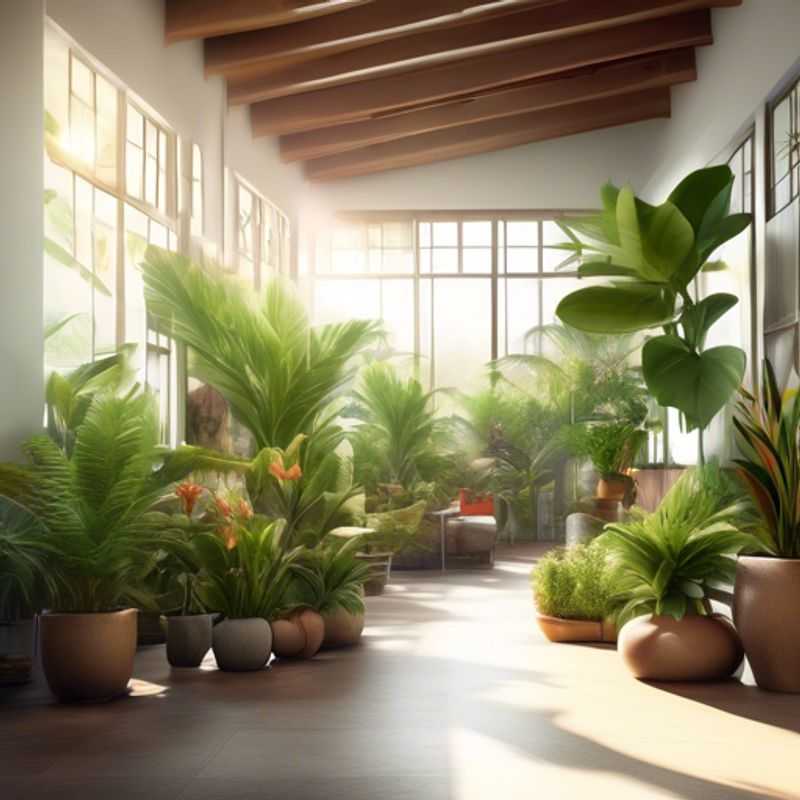
Top Things to Know Before Buying Indoor Plants: A Guide to Understanding Their Needs
Bringing a bit of the outdoors in is always a good idea, and indoor plants are a fantastic way to do it. They not only add a touch of natural beauty to your space but also offer numerous benefits for your well-being, from improving air quality to boosting your mood. But before you rush to the plant shop, there are some key things to consider to ensure your green companions thrive in their new home.
Understand the light requirements for different indoor plant types.

Unlocking the Secrets of Light: A Guide to Indoor Plant Needs
Understanding the light needs of your indoor plants is crucial for their health and happiness. Here's a quick guide to common plant types and their light preferences:
Low Light: These plants thrive in dimly lit areas, perfect for rooms with limited natural light. Examples include Snake Plants, ZZ Plants, and Cast Iron Plants. These are great options for beginners as they can tolerate neglect.
Medium Light: These plants prefer bright, indirect light, avoiding direct sunlight which can scorch their leaves. Examples include Peace Lilies, Spider Plants, and Pothos. Place them near a window with a sheer curtain for optimal conditions.
High Light: These plants need a lot of light, ideally several hours of direct sunlight daily. Examples include Fiddle Leaf Figs, Monstera Deliciosa, and Bird of Paradise. These plants will thrive in south-facing windows with ample sunlight exposure.
Remember that the specific needs of individual plants can vary, and it's always best to research the specific requirements of the species you own. Observe your plants for signs of stress, such as drooping leaves or yellowing, and adjust their location accordingly. With a little attention and understanding, you can create a thriving indoor jungle in your home.
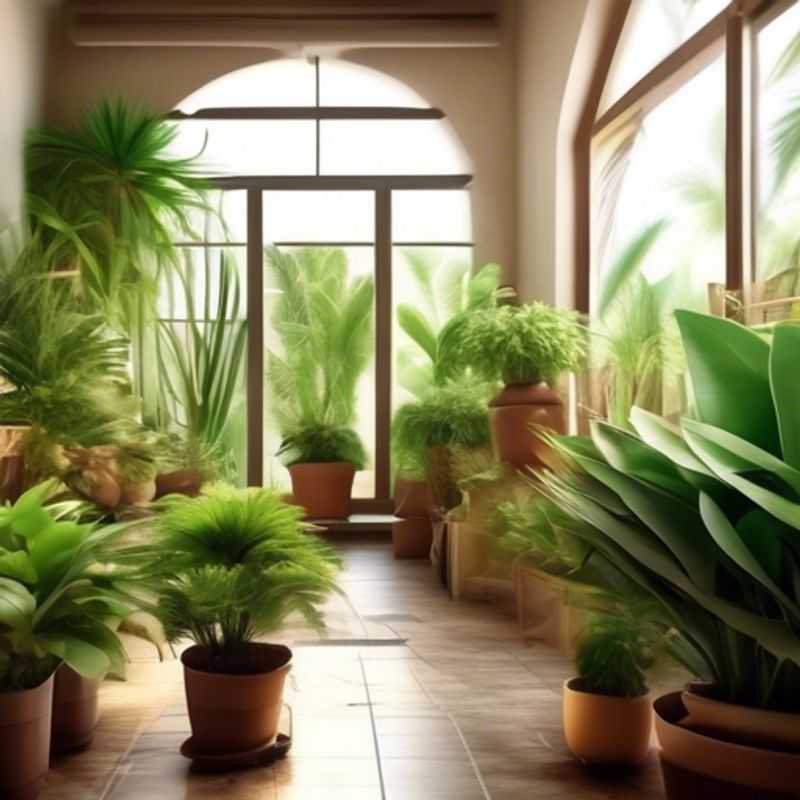
Watering Wisdom: Tailoring Your Care to Each Plant's Thirst
When considering the watering needs and frequency for various plant species, it is essential to recognize that different plants have unique requirements based on their native habitats. For instance, succulents and cacti thrive in dry environments and require less frequent watering, often once every two weeks or even less during dormancy. In contrast, tropical plants may need consistent moisture, requiring watering once or twice a week.
Understanding the soil type is also crucial; well-draining soils like sandy or loamy mixes retain less moisture, while clay soils can hold water longer. Therefore, plants in clay soils may need less frequent watering. Temperature and humidity levels significantly impact watering frequency as well; hotter, drier conditions will necessitate more frequent watering.
Additionally, paying attention to the growth stage of the plant is vital. Young plants generally require more water to establish roots, while mature plants may need less. It’s also wise to check the moisture level of the soil before watering; using a moisture meter can help avoid overwatering, which is a common mistake.
For those looking to delve deeper into this topic, consider investing in educational resources or workshops that focus on plant care. Subscription services or apps that provide tailored watering schedules could also be beneficial. Remember, the key to healthy plants lies in understanding their specific needs and adjusting your care accordingly.
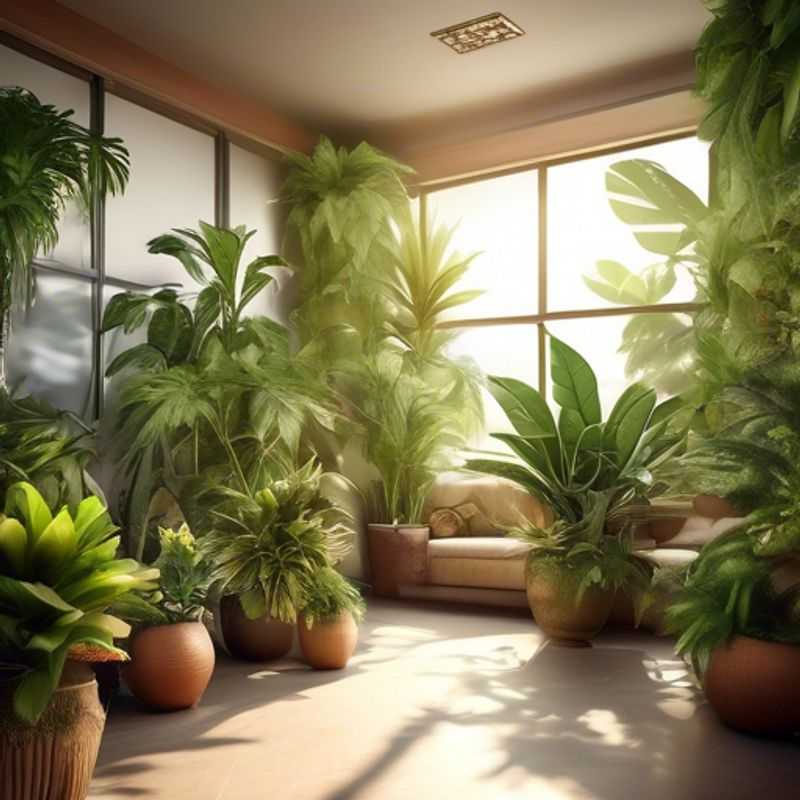
Plant Placement: A Guide to Harmony and Growth
When designing a garden or landscape, it's crucial to consider the size and growth habits of the plants you choose to ensure proper placement. This will prevent overcrowding, ensure adequate sunlight and water for all plants, and create a balanced and aesthetically pleasing design.
Understanding Plant Growth Habits is essential. Some plants grow vertically, while others spread horizontally. Knowing how a plant will grow allows you to plan for its future size and shape, preventing any surprises as it matures.
Researching Plant Information before planting is crucial. Look up the mature height and spread of each plant you're considering. This information can usually be found on plant tags, online databases, or through local nurseries.
Consider the Space Available in your garden or landscape. Don't overcrowd plants. Allowing adequate space for growth will ensure they thrive and avoid competition for resources.
Plan for Future Growth. It's essential to consider how the plant will look in 5-10 years, not just in the present. Choose plants that will have sufficient room to grow to their full potential.
Think About Sunlight and Water Needs. Plants have different needs regarding sunlight and water. Planting them according to their specific requirements is essential for their health and well-being.
Consider the Overall Design. Think about the visual impact of the plants you choose. Consider factors such as color, texture, and shape to create a visually appealing and harmonious garden.
By carefully planning the placement of plants based on their size, growth habits, and specific needs, you can create a beautiful and thriving garden that brings you joy for years to come.
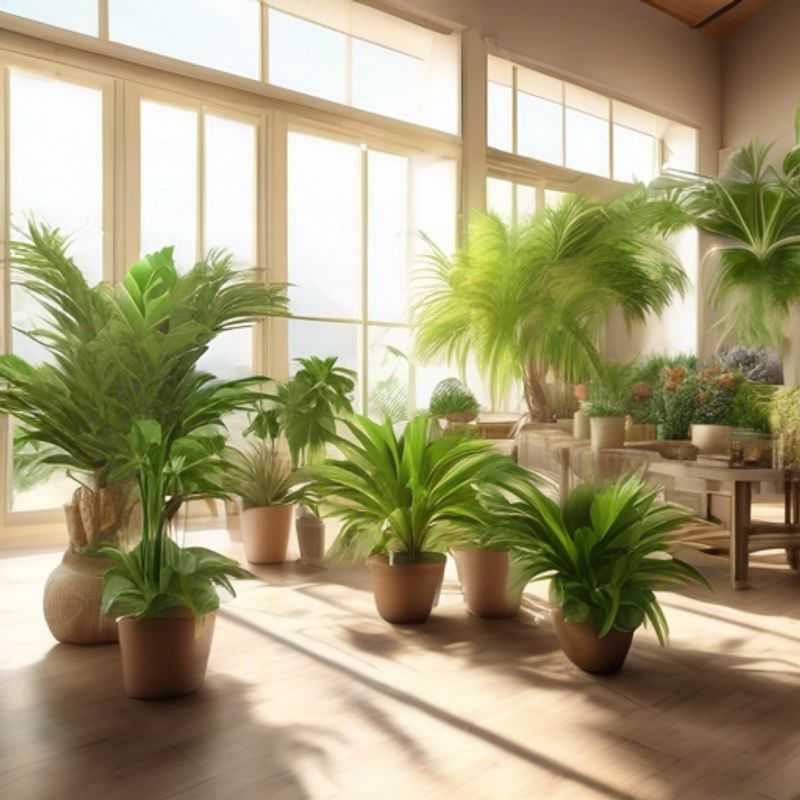
Unlocking Healthy Growth: Understanding Ideal Soil Types and Drainage
Understanding ideal soil types and their drainage requirements is crucial for successful gardening and landscaping. The best soil types typically include sandy, loamy, and clay soils, each having unique characteristics. Sandy soil drains quickly but may require frequent watering, while loamy soil retains moisture and nutrients, making it the most desirable for most plants. Clay soil, although nutrient-rich, can pose drainage issues, leading to waterlogged conditions.
Proper drainage is essential to prevent root rot and promote healthy plant growth. The ideal drainage allows excess water to escape, while still retaining enough moisture for plant needs. Methods to improve drainage include adding organic matter, such as compost, or creating raised beds. Additionally, understanding the local climate and rainfall patterns can help in selecting the right soil amendments.
When estimating a plan for soil preparation, consider potential costs for soil testing, amendments, and drainage solutions. Soil testing can range from $20 to $100, depending on the complexity of the analysis. Organic amendments, such as compost or peat moss, can cost between $30 and $60 per cubic yard. Furthermore, if drainage systems need to be installed, such as French drains or dry wells, costs can vary widely, often starting at several hundred dollars.
In summary, selecting the right soil type and ensuring proper drainage is fundamental for thriving gardens. Remember to assess your soil conditions, consider necessary amendments, and budget for any required drainage solutions to achieve the best results.
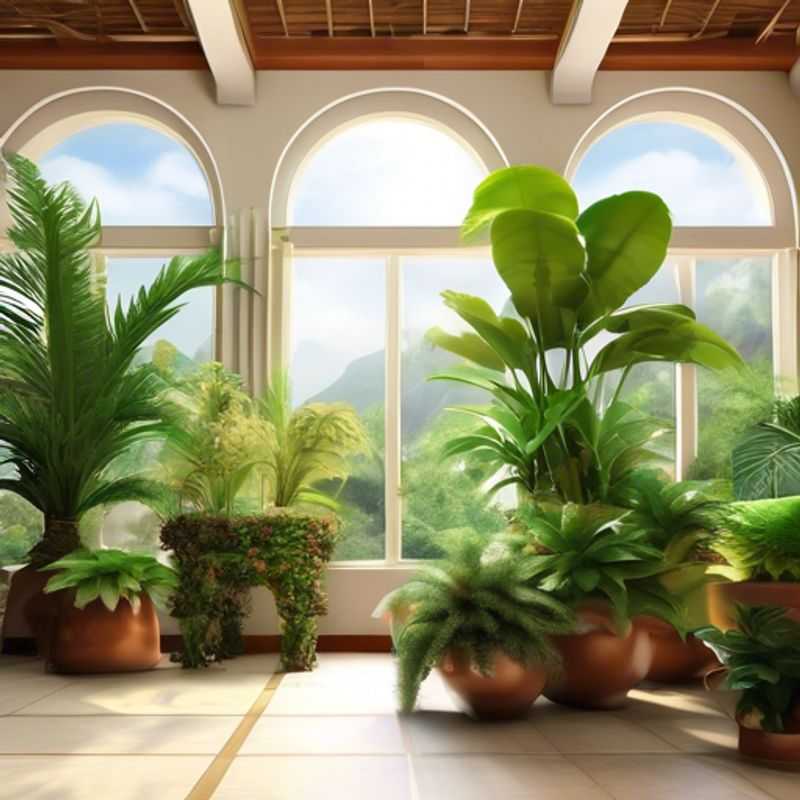
Green Thumbs & Green Threats: Familiarize Yourself with Common Indoor Plant Pests and Diseases
Keeping your indoor plants thriving is a rewarding experience, but it's essential to be aware of the common pests and diseases that can threaten their health. Early identification and intervention are crucial to prevent a widespread infestation or infection. Familiarizing yourself with common issues can empower you to act swiftly and save your beloved plants.
Common Pests:
Mealybugs: These tiny, white, cottony insects often congregate on stems and leaf undersides, sucking sap and causing stunted growth. Regular inspection and prompt removal are vital.
Spider Mites: These tiny arachnids create fine webbing and feed on plant sap, leading to yellowing leaves. Monitor for webbing and use a strong water spray or insecticidal soap.
Aphids: These soft-bodied insects cluster on leaves and stems, feeding on sap and causing leaf curling. They can be controlled with insecticidal soap or neem oil.
Scale: These immobile insects resemble small bumps on stems and leaves, feeding on plant juices. Scrape them off manually or use horticultural oil.
Common Diseases:
Powdery Mildew: This fungal disease appears as a white, powdery coating on leaves, hindering photosynthesis. Ensure good air circulation and remove affected leaves.
Root Rot: Caused by overwatering, this fungal disease weakens roots, leading to wilting and yellowing. Allow soil to dry slightly between waterings and repot with well-draining soil.
Leaf Spot: Fungal or bacterial infections that appear as spots on leaves, often affecting the plant's aesthetic appeal. Remove affected leaves and use fungicides if necessary.
Early Detection and Prevention:
Regular inspection of your plants for signs of pests and diseases is crucial. Early detection allows for quicker and more effective treatment.
Maintain good hygiene: Clean tools and pots regularly to prevent the spread of pests and diseases.
Provide proper care: Ensure adequate light, moisture, and nutrient levels to maintain healthy plant growth. This strengthens their resistance to pests and diseases.
Isolate infected plants: Keep sick plants separate from healthy ones to prevent cross-contamination.
Natural Remedies: Before resorting to chemical pesticides or fungicides, consider using natural methods such as insecticidal soap, neem oil, or diluted alcohol. These options are often effective and minimize environmental impact.
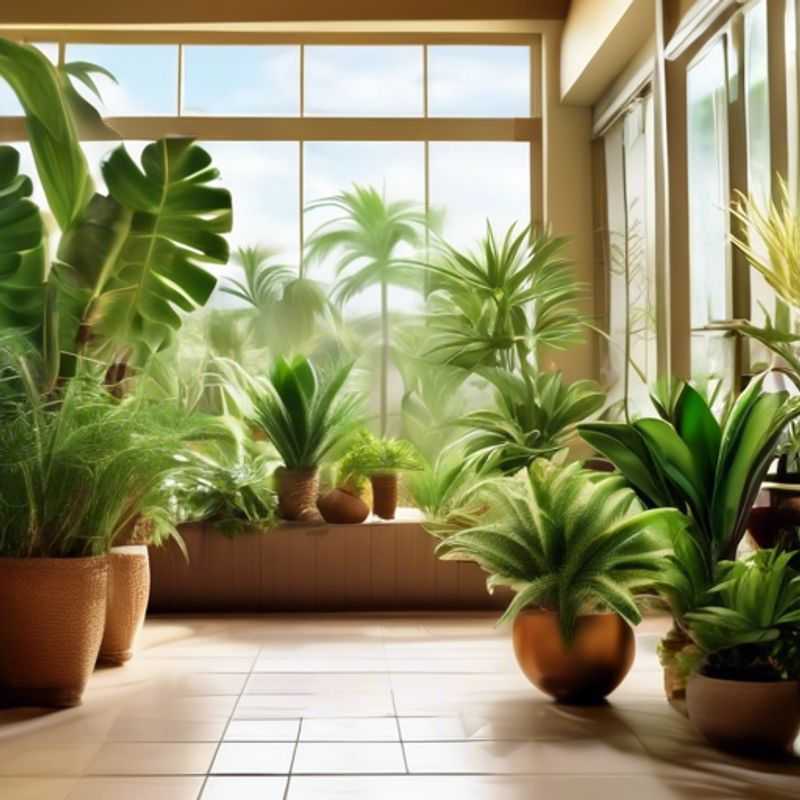
Breathe Easy: Exploring Air Purifying Plants for Your Home
Indoor plants are not just decorative, they can also act as natural air purifiers, removing harmful pollutants and improving the quality of your indoor air. Several common houseplants possess remarkable air-purifying properties. The NASA Clean Air Study identified several plants that excel at removing toxins from the air, including formaldehyde, benzene, and trichloroethylene. Among them are:
Peace Lily (Spathiphyllum) is known for its ability to remove formaldehyde, benzene, and ammonia. It’s also relatively easy to care for, making it a popular choice for beginners.
Snake Plant (Sansevieria trifasciata) is a highly effective air purifier that can remove pollutants like formaldehyde, benzene, and xylene. It also requires minimal care, making it perfect for people with busy lifestyles.
English Ivy (Hedera helix) excels at removing pollutants like formaldehyde, benzene, and trichloroethylene. While it needs humidity and a well-drained soil, it can significantly improve indoor air quality.
Spider Plant (Chlorophytum comosum) is a great choice for beginners. It can remove pollutants like formaldehyde, xylene, and carbon monoxide, making it a versatile addition to your home.
Weeping Fig (Ficus benjamina) is an effective air purifier, particularly when it comes to removing formaldehyde. However, it requires a specific level of humidity and light, making it more demanding than some other plants.
In addition to these, other notable plants include the Areca Palm, Rubber Plant, Dracaena, and Devil’s Ivy, all known for their air-purifying abilities.
While the benefits of these plants are well documented, it’s important to note that they do not offer a complete solution for air pollution. Using these plants in conjunction with other air purification methods, like regular ventilation and air purifiers, can provide a comprehensive approach to improving indoor air quality.
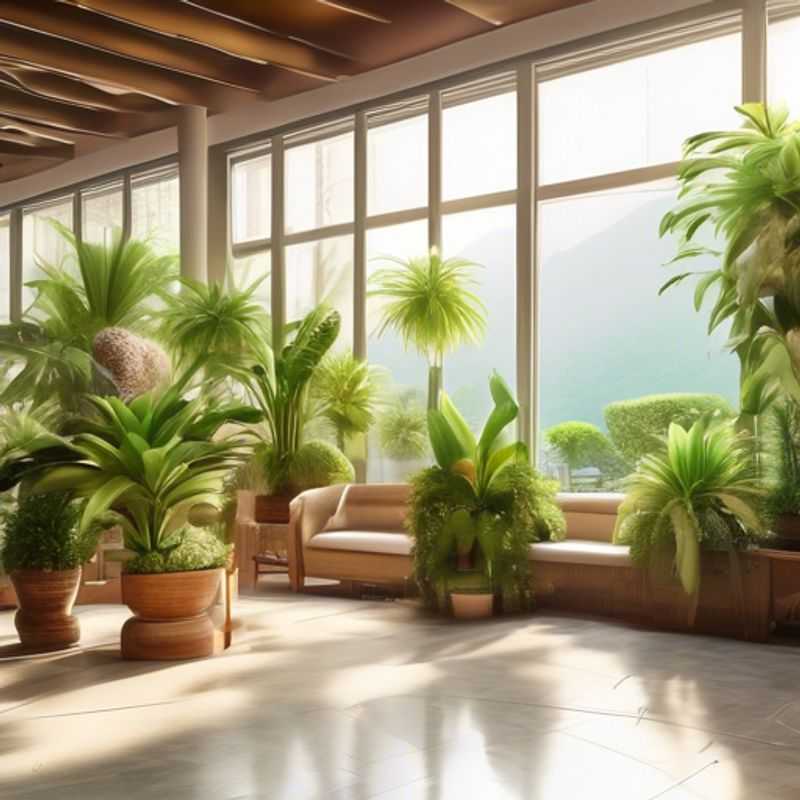
Green Thumbs Up: Understanding Plant Care Requirements
When choosing plants, it's crucial to understand the level of maintenance they demand. Some plants are low-maintenance, thriving with minimal care, while others require more attention. This understanding helps you select plants that align with your lifestyle and available time for care.
Light is a critical factor in plant care. Each plant has specific light requirements, ranging from full sun to deep shade. Knowing your garden's light conditions allows you to choose plants that will flourish.
Watering is another key element. Some plants prefer regular watering, while others tolerate drier conditions. Determine your watering frequency and capacity to ensure your plants get the right amount of moisture.
Soil plays a significant role in plant health. Different plants have specific soil preferences, such as well-drained, acidic, or alkaline. Selecting the appropriate soil type ensures your plants thrive.
Fertilizing is a vital aspect of plant care, providing essential nutrients for healthy growth. Some plants require regular fertilization, while others need minimal nourishment. Knowing your plant's fertilization needs helps maintain its vitality.
Pruning is essential for maintaining plant shape and encouraging healthy growth. Some plants require regular pruning, while others only need occasional trimming. Understanding your plant's pruning needs ensures its optimal development.
Pest and disease control is vital for protecting your plants. Regularly inspecting your plants for signs of pests or diseases allows you to address problems promptly, preventing damage and maintaining plant health.
By considering these factors, you can select plants that align with your capabilities and create a thriving garden.
